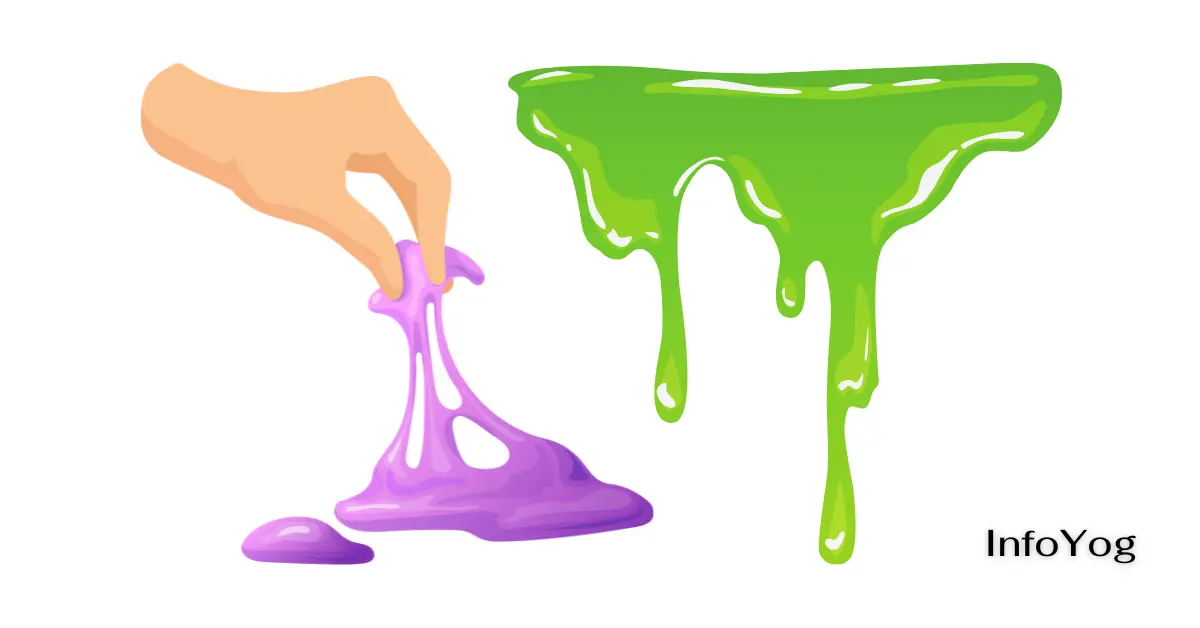Table of Contents
Let’s delve into the comprehensive guide on How to Fix Over Activated Slime. Find tips on preventing over-activation and maintaining the ideal texture for hours of sensory play. Say goodbye to frustration and hello to successful slime-making!
How to Fix Over Activated Slime?
Slime has become a popular and engaging play material for kids and even adults. It’s a tactile and sensory experience that stimulates creativity and imagination. However, working with slime can sometimes lead to over-activation, resulting in a sticky mess that doesn’t behave as desired. Whether you’re a parent dealing with a frustrated child or an enthusiast wanting to salvage your slime creation, this comprehensive guide will walk you through the steps to fix over-activated slime.
Understanding Over-Activated Slime
Slime typically consists of a few basic ingredients: glue, a slime activator (often a mixture of borax and water, or contact lens solution containing boric acid), and optional additives like color, glitter, or scent. Over-activation occurs when too much activator is added, causing the slime to become stiff, rubbery, and unpleasantly sticky.
Materials You’ll Need
- Over-activated slime: The slime that needs fixing.
- Extra glue: This will help balance out the over-activation.
- Warm water: Used to soften the slime.
- Bowl: For mixing and kneading the slime.
- Slime activator: The same type you initially used, to slowly adjust the consistency.
- Add-ins: If your slime had color, scent, or glitter, you might need these to restore its original qualities.
Step-by-Step Guide
1. Assess the Situation
Examine the over-activated slime to understand the extent of the issue. Note how sticky it is, how well it stretches, and its overall texture.
2. Prepare Your Work Area
Clear a clean and dry workspace where you can comfortably work on fixing the slime.
3. Soften the Slime
Place the over-activated slime in a bowl and add a small amount of warm water. Gently knead and mix the slime, allowing the water to soften the rubbery texture. Be cautious not to add too much water at once, as this can lead to an overly watery consistency.
4. Introduce Extra Glue
Add a small amount of extra glue to the softened slime. The glue will help balance out the excess activator. Start with a little glue and gradually increase the amount as needed. Knead the slime thoroughly after each addition to distribute the glue evenly.
5. Gradually Re-Activate
To adjust the consistency, introduce the slime activator gradually. Add a small amount, mix and knead, then assess the texture. Continue this process until the slime begins to regain its stretchiness and becomes less sticky. Be patient and add activator in small increments to avoid over-activating again.
6. Test and Repeat
Periodically test the slime by stretching, poking, and playing with it. If it’s still too sticky or not stretching well, repeat steps 3 to 5, adjusting the amount of glue and activator as necessary.
7. Restore Add-Ins
If your original slime had color, scent, or glitter, consider adding these elements back in to restore its original appeal. Add them during the kneading process and ensure they’re evenly distributed.
8. Store Properly
Once you’ve achieved the desired consistency, store the slime in an airtight container to prevent it from drying out. Make sure to wash your hands thoroughly after handling the slime.
Tips to Prevent Over-Activated Slime
Prevention is always better than cure. To avoid encountering over-activated slime in the future, consider these tips:
- Measure Ingredients: Follow slime recipes and measurements precisely to ensure the right balance between glue and activator.
- Add Activator Gradually: When adding the activator, do so in small increments while continually kneading the slime. This prevents over-activation.
- Test Along the Way: Test the slime’s consistency frequently as you add the activator. This allows you to catch any potential over-activation early on.
- Adjust with Extra Glue: If you feel you’ve added too much activator, balance it out with extra glue. This helps restore the elasticity of the slime.
- Use Quality Ingredients: Use reputable glue and slime activator brands to ensure consistent results.
- Practice Patience: Fixing over-activated slime requires patience. Take your time adjusting the ingredients to achieve the desired texture.
Conclusion
Dealing with over-activated slime might be a bit frustrating, but with the right approach, you can salvage your creation and transform it back into a fun and engaging sensory experience. By understanding the basic chemistry of slime and following the steps outlined in this guide, you’ll be able to fix over-activated slime and continue enjoying the world of creative play that it offers. Remember, practice makes perfect, so don’t be discouraged if it takes a couple of tries to master the art of slime-making.

